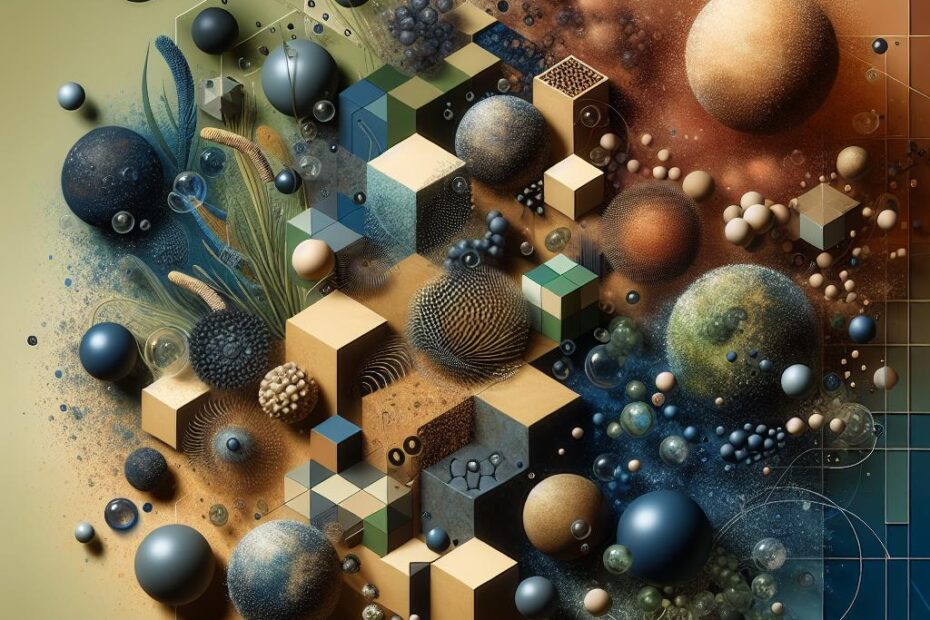Dirt and Soil: What’s the Difference?
When it comes to gardening, farming, or landscaping, the terms “dirt” and “soil” are often used interchangeably. However, there are distinct differences between the two that are important to understand for successful cultivation and proper land management. In this article, we will delve into the disparities between dirt and soil, exploring their composition, characteristics, and roles in the natural environment.
Defining Dirt and Soil
Dirt:
- Dirt is often associated with a disorganized, messy substance that is commonly found on the ground.
- It is typically made up of inorganic matter such as sand, silt, clay, and rocks, along with organic material like decaying leaves and twigs.
- Dirt lacks the necessary nutrients and structure to support plant growth effectively and is often considered “dead” or inactive.
Soil:
- Soil, on the other hand, is a complex living ecosystem that provides a nurturing environment for plants to thrive.
- It consists of mineral particles (sand, silt, clay), organic matter, water, air, and a diverse community of microorganisms.
- Soil is rich in essential nutrients like nitrogen, phosphorus, and potassium, which are vital for plant growth and development.
- Soil also has a well-defined structure that facilitates root penetration, water infiltration, and nutrient absorption.
Key Differences Between Dirt and Soil
- Composition: While dirt is predominantly composed of inorganic matter and lacks organic content, soil contains a balanced mixture of minerals, organic material, water, and air.
- Nutrient Content: Soil is rich in essential nutrients and microorganisms that support plant growth, whereas dirt lacks the necessary components for healthy vegetation.
- Structure: Soil has a well-defined structure with distinct layers (topsoil, subsoil, bedrock) that play a crucial role in water retention, root development, and nutrient uptake. Dirt, on the other hand, lacks a structured composition.
- Function: Soil serves as a vital medium for plant growth, providing support, nutrients, water, and air to roots. Dirt, in contrast, is considered inert and unsuitable for cultivating plants without proper amendments.
Benefits of Healthy Soil
Maintaining healthy soil is essential for sustaining productive agriculture, vibrant ecosystems, and thriving landscapes. Here are some key benefits of healthy soil:
- Improved Plant Growth: Healthy soil provides essential nutrients, water, and oxygen to plants, resulting in robust growth and increased crop yields.
- Biodiversity Support: Soil teeming with microorganisms supports diverse plant and animal species, contributing to ecosystem health and resilience.
- Water Conservation: Healthy soil has excellent water-holding capacity, reducing runoff, erosion, and water pollution.
- Climate Regulation: Soil plays a crucial role in carbon sequestration and climate regulation, making it a vital component of mitigating climate change.
Practical Tips for Enhancing Soil Health
- Test Your Soil: Conduct a soil test to assess nutrient levels, pH, and texture, enabling you to make informed decisions regarding soil amendments and fertilization.
- Add Organic Matter: Incorporate compost, manure, cover crops, and mulch to enhance soil fertility, structure, and microbial activity.
- Practice Crop Rotation: Rotate crops annually to prevent nutrient depletion, control pests and diseases, and improve soil health.
- Minimize Tillage: Reduce tillage practices to prevent soil compaction, erosion, and loss of organic matter.
- Mulch and Protect: Mulch around plants to retain moisture, suppress weeds, regulate soil temperature, and prevent erosion.
Conclusion
In conclusion, understanding the difference between dirt and soil is essential for anyone engaged in gardening, farming, or land management. Soil, with its rich composition, nutrients, and ecosystem functions, is the foundation of healthy plant growth and thriving ecosystems. By implementing sustainable soil management practices and nurturing healthy soil, we can enhance crop productivity, support biodiversity, and promote environmental sustainability. Remember: it’s not just dirt—it’s the living, breathing soil that sustains life on our planet.
